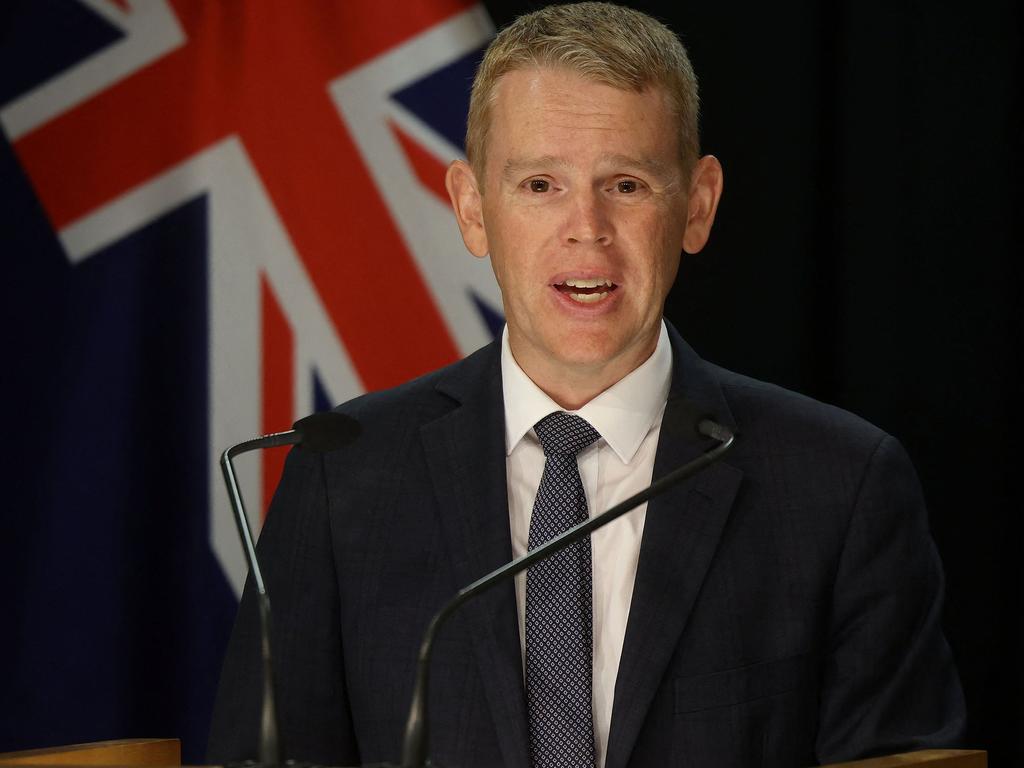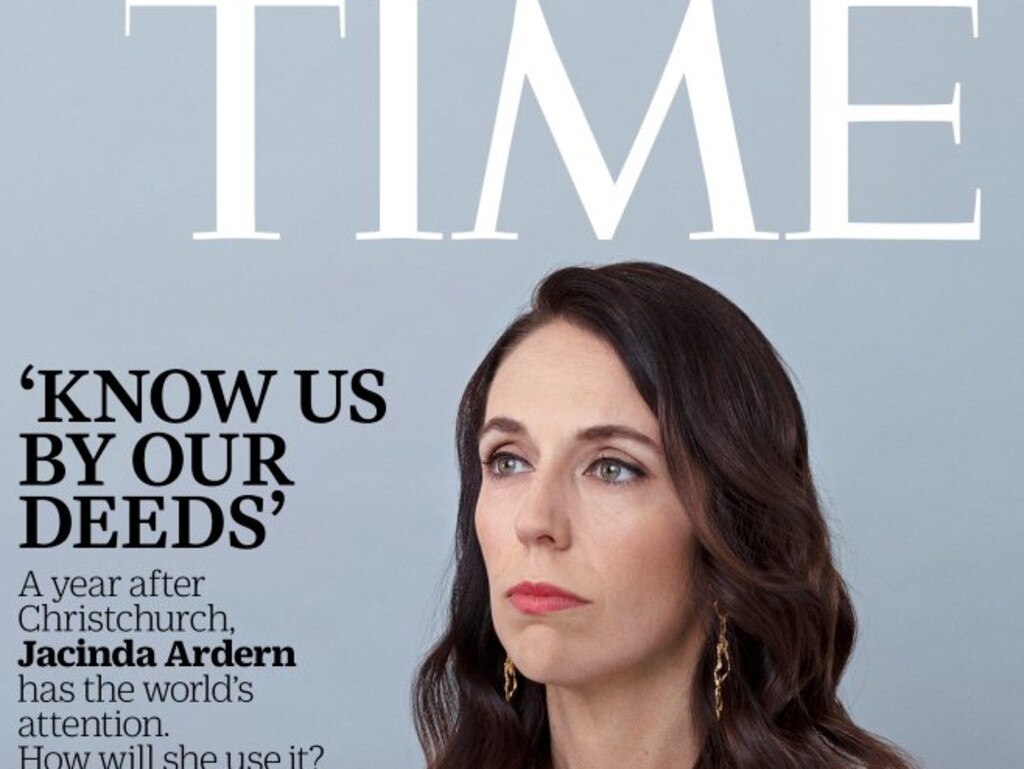
There were the adulatory pieces that praised Ardern’s approach to governing, particularly the emphasis she placed on being kind. (A cynical observer might point out that it’s not hard being kind with other people’s money.) She was a particular darling of the international diplomatic crowd.
But there were many columns pointing to the abject failure of the Ardern Labour government to achieve its policy objectives. These included the target to build 100,000 new social housing dwellings – less than 2 per cent have been built – to improve housing affordability; to eliminate child poverty, and; to lift school student performance.
Sensing her domestic political future was far from secure, it would appear Ardern decided to head for the departure gate while on a relative high. To be sure, her personal polling had tanked and there is a reasonable chance that Labour will be defeated at the national election later in the year.
None of this has diminished the admiration many from the left, including a number of Australian politicians, feel for her. There is a concerted effort on their part to copy a number of her policy initiatives, including the embedding of a wellbeing framework within the annual budget. Jim Chalmers has made the commitment to hand down wellbeing budgets, with preliminary discussion of the concept contained in last October’s budget.
Chalmers seems ignorant of the fact his department incorporated a wellbeing framework in its deliberations for years. Initially adopted by then Treasury secretary Ted Evans in the late 1990s, it was more wholeheartedly embraced by Ken Henry when he was secretary. It was entitled the Treasury statement of the wellbeing of the Australian people (referred to as TWOTAP).
Five dimensions of wellbeing were considered: the set of opportunities available to people; the distribution of these opportunities; the sustainability of the opportunities; the overall level and allocation of risk borne by individuals and the community, and; the complexity of the choices.
But according to Treasury, “these dimensions reinforce our conviction that trade-offs matter deeply, both between and within dimensions. These dimensions do not provide a simple checklist: rather their consideration provides the broad context for the use of the best available economic and other analytical frameworks, evidence and measures.”
The next Treasury secretary, Martin Parkinson, was also a supporter of the wellbeing framework, in part because of its emphasis on environmental sustainability. But when former Treasury official and investment banker John Fraser was appointed secretary in 2015, he quickly came to the conclusion the framework was confusing to officials, and was not being implemented in any case. He duly dropped it.
There was always a degree of empire-building on the part of Treasury in adopting the wellbeing methodology. After all, other indicators of progress (or lack thereof) are reported by the relevant department or agency. Think here health statistics, environment statistics, education performance, Closing the Gap reporting and the like.
There is not a sensible economist in the world who thinks GDP is everything or that GDP growth should be pursued in a single-minded manner. Its main purpose is as a shorthand indicator of how the economy is travelling. Obviously, there are many non-economic considerations people value. This said, strong economic growth underpins the growth of revenue needed to fund the many calls on government.
We also care – as governments do as well – about how economic rewards are distributed. Hence, we have a vast tax and welfare system, initiatives to boost the opportunities of individuals, particularly those from disadvantaged groups, and the funding of a range of public goods.
Having said this, it’s not clear that Treasury’s wellbeing framework contributed to better policy advice. Visiting economics professor Jonathan Pincus has made the point that without weights attached to the five dimensions, it’s generally unclear whether a particular change adds or subtracts from wellbeing. His conclusion is that TWOTAP was “useless or worse than useless instrumentally” and that the framework could “justify Treasury’s advocacy of almost any plausible policy”.
But demonstrating that bad ideas are never fully eliminated, our Treasurer is very taken by the idea of a wellbeing framework and fully intends to incorporate one in the next budget, following on from the New Zealand example. It’s not clear whether the NZ experience provides any reason for Australia to reinstate a wellbeing framework. As one senior economist in New Zealand described the framework there: “It’s a bit of a marketing gimmick.”
Statement 4 in the October budget papers is entitled Measuring What Matters. It refers to the OECD Framework for Measuring Wellbeing and Progress, which is a bad starting point given the diminishing reputation of this organisation as a source of sound policy advice.
It’s not just New Zealand that has implemented national wellbeing frameworks. Other countries include Canada, the UK, Germany, Iceland and Italy. Weirdly, Wales and Scotland have their own versions.
To illustrate what a complex web these frameworks quickly spin, Italy has 153 indicators of wellbeing, New Zealand has 103, Canada 83, Germany 46 and Iceland a modest 39. The mind boggles how a treasurer could possibly take into account so many indicators. The number of policy areas covered varies from 22 (New Zealand) to seven (Wales).
One table contained in the Statement 4 ranks Australia relative to the OECD average. You will be pleased to know we rank highly in terms of homicides – presumably our low rate – and having a say in government. The table tells us that we have better-than-average housing affordability. We are doing badly in terms of threatened species, household debt, the gender gap in feeling safe and material footprint. How any of this will specifically feed into the construction of the federal budget is not discussed.
But Chalmers is pushing ahead. “The 2023 Measuring What Matters Statement will be an important next step in facilitating more informed and inclusive policy dialogue to improve the quality of life of all Australians. Treasury looks forward to working with stakeholders and experts on this important project.” Obviously, the views of ordinary folk are regarded as irrelevant.
Whether governments do really determine our wellbeing is a moot point. They may contribute to it; they may detract from it. My wellbeing is not the same as your wellbeing.The danger of the wellbeing framework is that it overemphasises the role of government while diminishing the role of personal choices and behaviour.








The unexpected resignation of Jacinda Ardern as prime minister of New Zealand led to a torrent of polarised commentary. There have been a surprisingly large number of commentaries considering the small size of the country and its relative global insignificance.